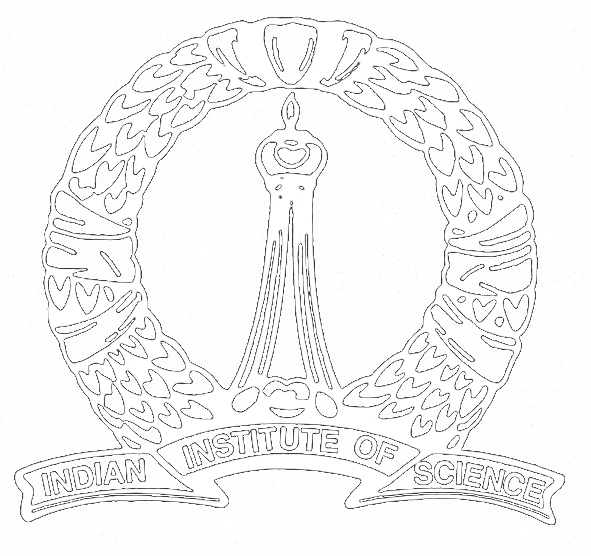APRG Seminar
Title: On Riesz sets
Speaker: Nishant Chandgotia (TIFR-CAM, Bengaluru)
Date: 20 January 2021
Time: 4 pm
Venue: Microsoft Teams (online)
Given a finite (complex-valued) measure $\mu$ on the circle $\mathbb{R}/\mathbb{Z}$ we write supp$(\widehat{\mu})$ to denote the support of its Fourier coefficients. A subset $P$ of the integers is called a Riesz set if for all measures $\mu$ on $\mathbb{R}/\mathbb{Z}$ for which supp$(\widehat{\mu}) \subset P$, $\mu$ is absolutely continuous with respect to the Lebesgue measure. It is well-known that $P=-\mathbb{N}$, the negative integers, form a Riesz set given a famous result by F. and M. Riesz. Rudin proved that if one appends a lacunary set to the set of negative natural numbers, then it is a Riesz set. This idea was picked up by Meyer who wrote a beautiful paper on the subject, christened such sets (as Riesz sets) and proved, for instance, that appending the squares to the negative integers is still a Riesz set. For this proof a surprising (only initially though) use of the Bohr topology plays an important role.
Can we do this for the cubes? I believe that this is still open and the only progress made uses Fermat’s last theorem. I am not a specialist on the subject and have some rudimentary understanding of harmonic analysis. Most of what I have learnt is by talking to some specialists and reading a few papers/text books. Still, I will attempt to give you a primer on what I know and what I believe nobody does.
- All seminars.
- Seminars for 2021
